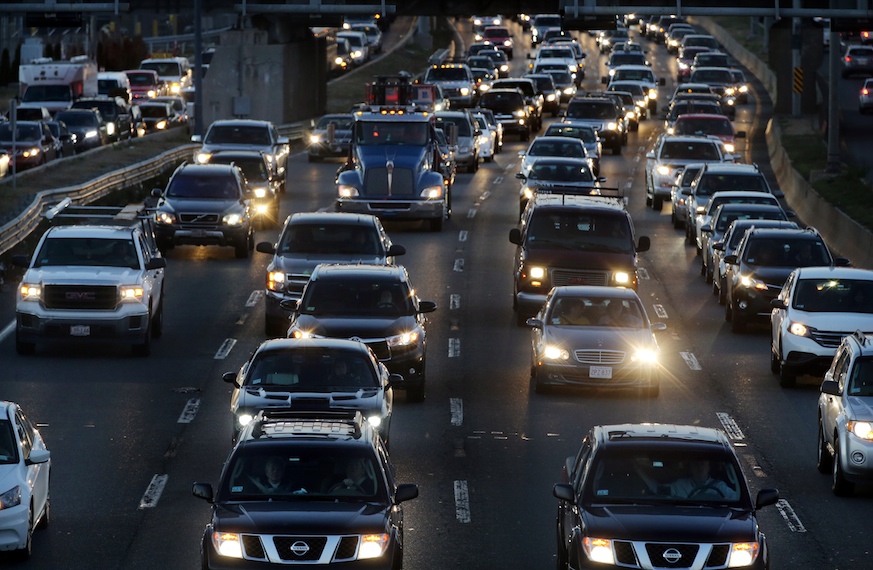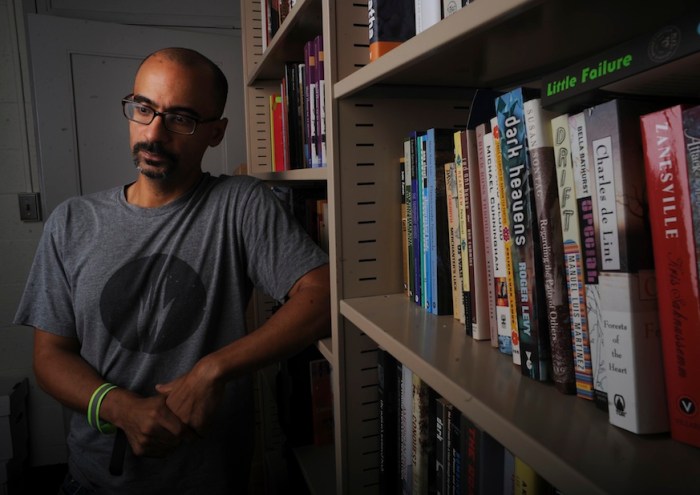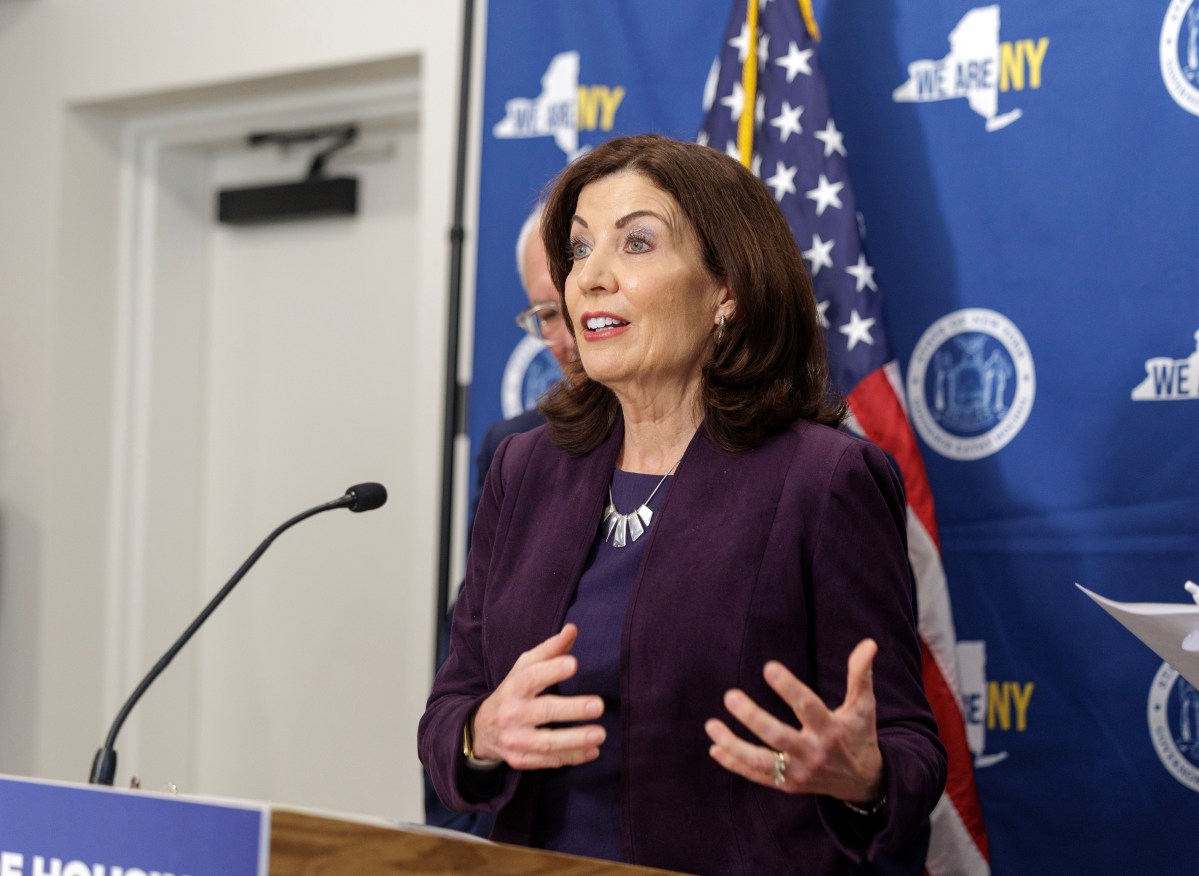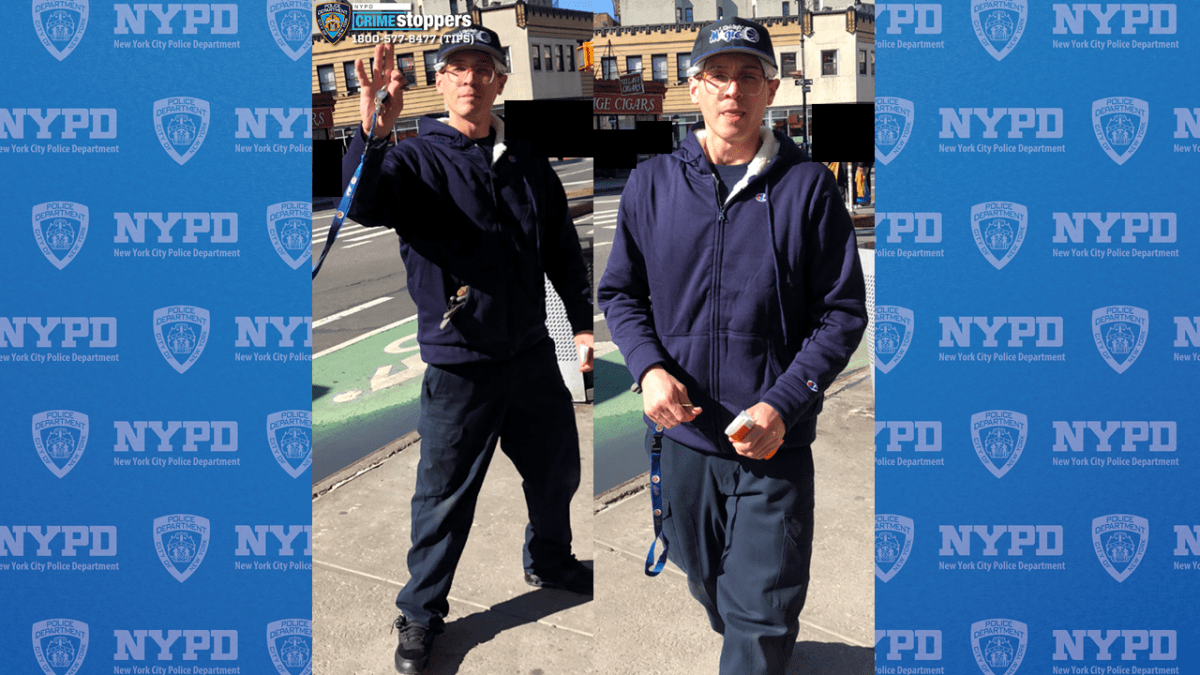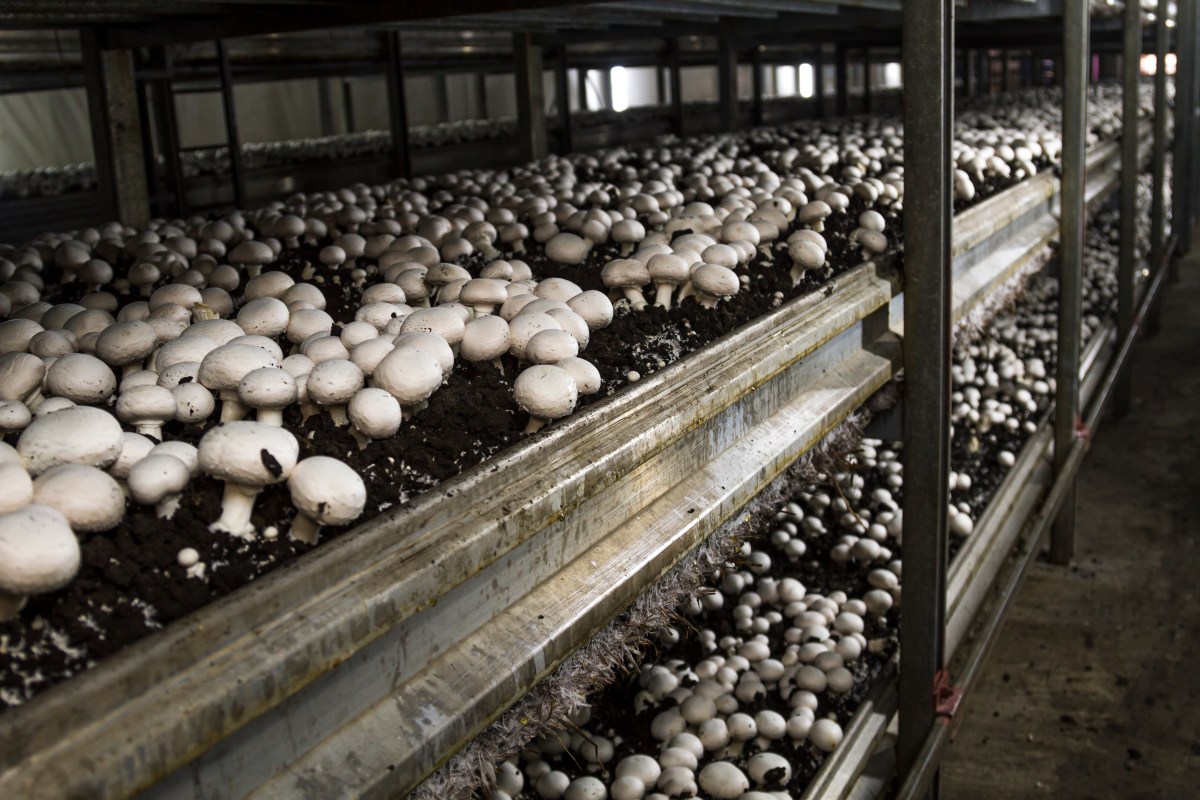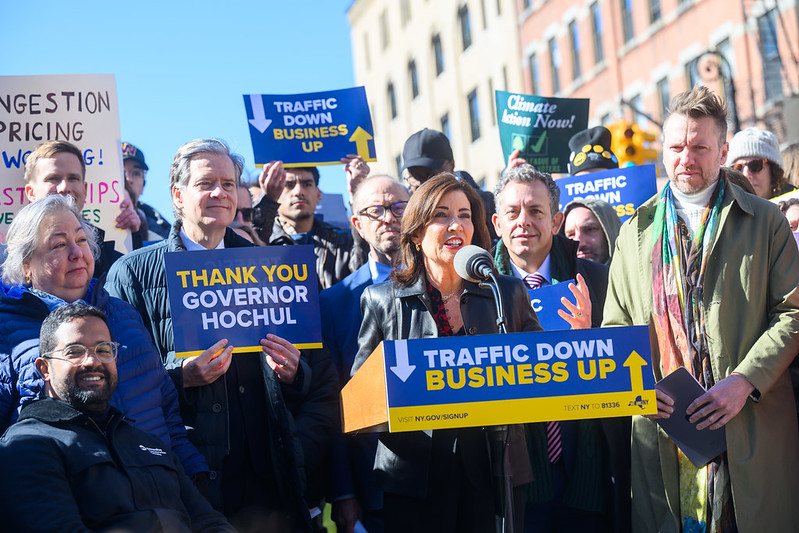If you’ve driven on any major road, you’ve probably experienced a traffic jam out of nowhere. Things are moving just along fine until you have to brake, and then you’re inching forward for a while. Once you can pick up speed again, you wonder what even caused the traffic.
It turns out, tailgating is to blame, according to MIT researchers. And though tailgating seems like a part of human nature, they’ve also found a way they say will prevent such stop-and-go congestion.
MIT professor Berthold Horn and postdoc associate Liang Wang, both from the university’s Computer Science and Artificial Laboratory (CSAIL), co-authored a paper that was published recently on the common commuting problem.
There’s been a ton of research on traffic, Horn said, but he still focused on the issue because he was “desperate to find a solution.”
First, here’s why those jams are a problem in the first place.
“Each car individually, and its driver, is doing something that’s personally rational: They’re looking at the car ahead and adjusting their speed based on distance and velocity of that car ahead of them,” Horn said.
But when there’s a whole system of cars one behind the other, an issue arises. “If one car brakes for any reason, the car behind them has to brake,” he said. “The car behind them has to break just a little bit harder, and the one behind that even harder, until it builds up until many many cars behind, someone may actually be stopped on the road, which is the beginning of a traffic jam.”
The key to keeping a constant flow of traffic, according to Horn, is not just keeping an eye on the car ahead of you, but also monitoring how close you are to the car behind you.
If drivers kept an equal distance between the car in front and the car behind, in what Horn calls “bilateral control,” random jams would disappear. In fact, traffic would go roughly double the speed.
Of course, that’s easier said than done, so Horn has an external solution: adaptive cruise-control systems.
Some cars are already equipped with adaptive cruise-control systems, but their flaw is that they only adjust your car’s speed relative to the car right ahead. Horn is proposing systems that also have a sensor at both the front and rear bumpers.
This system could be implemented in self-driving cars, but it could also be added to cars now for a minor cost that yields big savings.
The solution to most traffic is to build more roads, Horn noted, but that’s expensive, whereas this could increase the capacity of those roads without the cost of new infrastructure. Plus, lessening traffic would save people time — the average driver spends 38 hours a year stuck in traffic — as well as fuel, which would lead to less CO2 released into the atmosphere.
This latest research was sponsored by Toyota, which is planning to put front and rear adaptive cruise-control systems into their cars eventually, Horn said. To really work, a lot of cars need to be equipped with the systems, so it’s just about when people update their cars, change the software and add that back sensor.
So how far away is this phantom-traffic-jam-free future? Closer than autonomous cars, according to Horn.
“It doesn’t take care of all things full autonomy takes care of like changing lanes,” Horn said, “but I would love to have this on my drive on I-93 north of Boston in the afternoon.”

